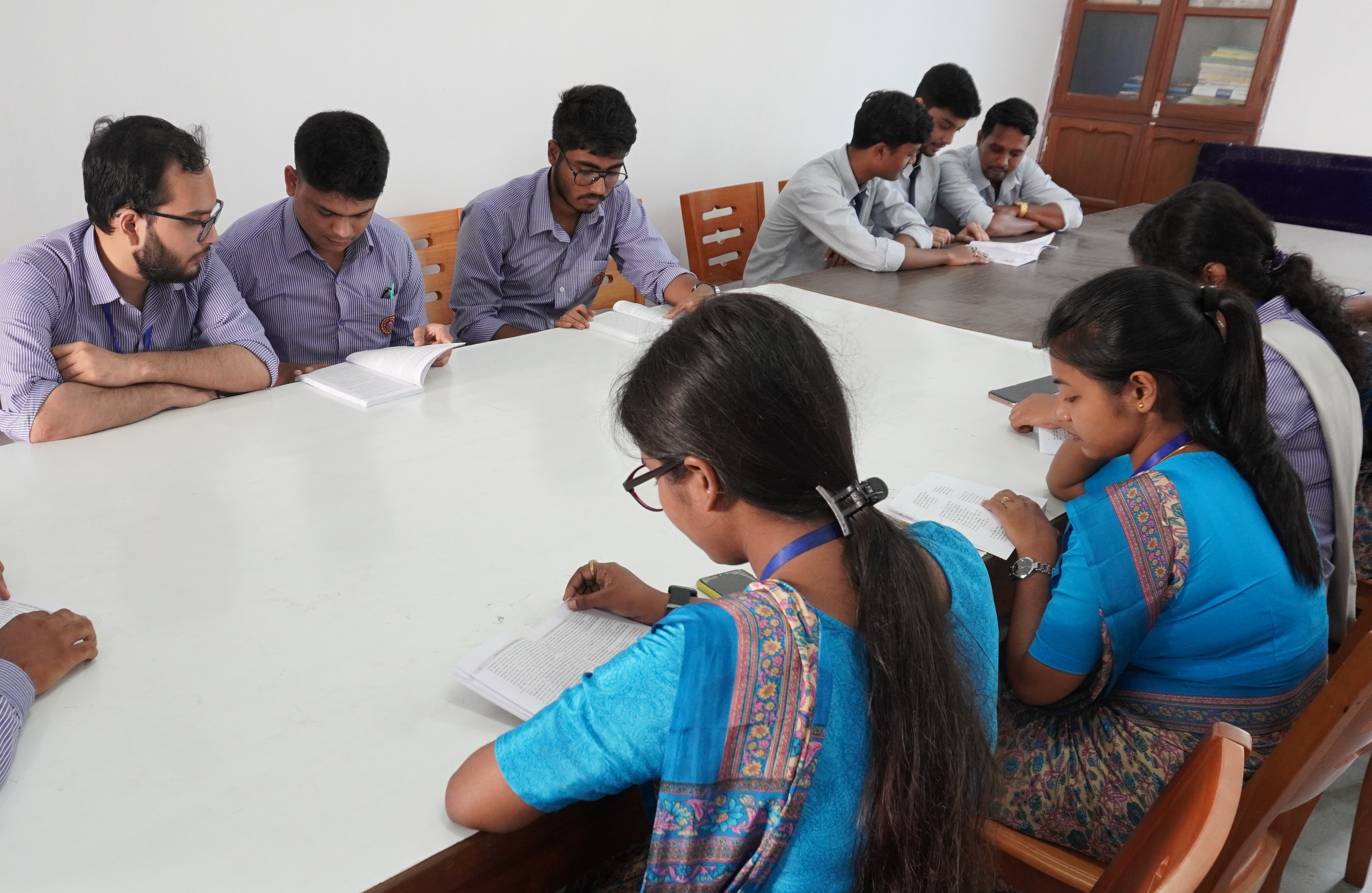"Education is the manifestation of perfection, already present in man"- Swami Vivekananda
The pandemic has significantly disrupted the higher education sector as well, which is a critical determinant of a country’s economic future.The pressure on students and higher education institutions is high. Schools and universities have been closed and exams postponed. Classrooms are going virtual and admissions for the upcoming academic year are fraught with confusion. According to UNESCO, over 320 million students in Indian schools and colleges are currently impacted. The pandemic has pushed the world to drastically reinvent ways of coping with the ‘new normal’. After the initial phase of complete overhaul, it is critical to understand the short and long-term impact and future measures.
Universities and college campuses are places where students live and study in close proximity to each other. They are also buzzing cultural hubs where students are brought together from nations around the world. Recently, the foundations of this unique ecosystem have been impacted significantly by the rapid spread of the corona virus (Covid-19) outbreak, creating uncertainty regarding the implications for higher education. Over the past weeks, education officials have been forced to cancel classes and close the doors to campuses across the world in response to the growing corona virus outbreak.
The mission of all education systems is the same. It is to overcome the learning crisis we were already living and respond to the pandemic we are all facing. The challenge today is to reduce as much as possible the negative impact this pandemic will have on learning and schooling and build on this experience to get back on a path of faster improvement in learning. As education systems cope with this crisis, they must also be thinking of how they can recover stronger, with a renewed sense of responsibility of all actors and with a better understanding and sense of urgency of the need to close the gap in opportunities and assuring that all children have the same chances for a quality education.
We are living amidst what is potentially one of the greatest threats in our lifetime to global education, a gigantic educational crisis. As of March 28, 2020, the COVID-19 pandemic is causing more than 1.6 billion children and youth to be out of school in 161 countries. This is close to 80% of the world’s enrolled students. We were already experiencing a global leaning crisis, as many students were in school, but were not learning the fundamental skills needed for life.
COVID-19 Pandemic: Impact and strategies for higher education sector in India:
The pandemic has significantly disrupted the higher education sector as well, which is a critical determinant of a country’s economic future.The pressure on students and higher education institutions is high. Schools and universities have been closed and exams postponed. Classrooms are going virtual and admissions for the upcoming academic year are fraught with confusion. According to UNESCO, over 320 million students in Indian schools and colleges are currently impacted. The pandemic has pushed the world to drastically reinvent ways of coping with the ‘new normal’. After the initial phase of complete overhaul, it is critical to understand the short and long-term impact and future measures.
1. Online learning is here to stay:
An immediate and effective response to the crisis was to go digital. Developing robust online platforms has become necessary to offer continuity in learning. Yet in a developing country like India with vast disparity in socio-economic backgrounds of students and the quality of educational institutions, the shift has not been easy. The digital divide has been further widening the gap, and needs urgent attention from both public and private sector players as the crisis continues. Good teachers, refreshed curricula and effective tools will ensure students stay involved and active in the learning process.
2. More Indian students will stay home in India:
Lakhs of Indian students have increasingly chosen to pursue higher education abroad. As per reports, India is the second-largest source of international students in the world. This usual exodus is likely to transform—at least in the immediate few years—to an influx into Indian institutions, given travel restrictions and health risks.
This means that crores of rupees and resources spent in foreign education could potentially be retained in the country, as more students look towards options at home. While international institutions might bear the brunt of the change, it is a remarkable opportunity for India to enhance its capacities and offer quality education at par with global standards.
3. The effects of a shrinking global economy:
The economy has taken a severe hit, and its ripples can be felt in the education sector as well. While many students will chart alternative paths, the pandemic is also leaving others in limbo. As unemployment is predicted to increase and the financial capacity of Indian homes comes under stress, the country can expect a drop in enrolments and challenges with tuition fees. Public institutions too, may be under threat of reduced funding. On the flipside, the pandemic could also prompt reform in fee structures and creation of more cost-effective programmes.
The pandemic has significantly disrupted the higher education sector as well, which is a critical determinant of a country’s economic future. A large number of Indian students—second only to China—enroll in universities abroad, especially in countries worst affected by the pandemic, the US, UK, Australia and China. Many such students have now been barred from leaving these countries. If the situation persists, in the long run, a decline in the demand for international higher education is expected.





